Understanding Motor Vehicle Accidents
Have you recently been in a Motor Vehicle Accident?
Pain, muscle tightness and headaches are unfortunately common following accidents, even at seemingly low speeds. Our neck, back, and postural muscles are particularly prone to injury, and this can be exceptionally disruptive to day-to-day life. We have developed this blog post to help you navigate the treatment and insurance process.
What Can I Expect In Terms Of Treatment?
Our experienced clinicians are experts in creating individually tailored treatment programs based on your injury and needs. All treatment plans will include education on the nature of your injury and strategies to help manage pain and dysfunction. You can also expect manual therapy, or hand on techniques, aimed at improving joint mobility, easing muscle tension, and decreasing pain and inflammation. Therapeutic exercise is important in supporting these same rehab goals and may include stretches and strengthening exercises for involved muscle groups or joints. Some clients also benefit from additional interventions like dry needling, taping, electric modalities, and hot or cold application.
How Is My Injury Diagnosed?
Following a thorough history and physical examination, your physical therapist will diagnose your injuries. Grading and diagnosis of Whiplash Associated Disorders (WAD) falls into 4 categories, WAD I, WADII, WAD III and WAD IV. The most important diagnostic criteria are as follows:
WAD I – complaints of mild spinal pain, stiffness or tenderness
No objective findings: full range of motion and no muscle tenderness
WAD II – complaints of mild to significant pain, stiffness or tenderness
Signs of decreased range of motion of the spine and tenderness of structures affected by the injury
WAD III – objective neurological signs such as abnormal reflexes, sensory changes and/ or muscle weakness
WAD IV – Fracture or dislocation to spine
These diagnoses are specific to the spine. Injuries to peripheral structures such as the shoulder, wrist or knee fall under different diagnoses. Your diagnosis determines in part the coverage you will receive through automobile insurance.
How Is My Treatment Coverage Determined?
Treatment coverage for injuries sustained in motor vehicle collisions in Alberta is regulated by the Alberta Regulation Insurance Act and specifically, the Diagnostic and Treatment Protocols Regulation (DTPRs). Under these regulations a claimant must submit their claim within ten days of their collision by submitting an AB1 form. Following assessment by a health care practitioner, an AB2 form is submitted to your insurance company by the assessing practitioner. This form outlines the diagnosis and treatment recommendations.
There are two protocols regarding treatment after an automotive accident: “Inside Protocol” and “Outside Protocol.”
To be Inside Protocol, you must complete and submit an AB-1 form to your insurance company within 10 business days of the date of your accident. Your injury must also be classified as a WAD I, WAD II or a peripheral sprain, strain or contusion.
If you don’t submit your AB-1 forms within 10 business days, or your injury is diagnosed as a WAD III, WAD IV or peripheral fracture or dislocation, you are considered “Outside Protocol”. Your automotive injury adjuster will decide whether direct billing will be authorized or if you’ll need to pay for your physiotherapy treatment and submit your receipts to any extended health care benefits plan that you have. Treatment costs not covered by your extended benefits provider (eg Blue Cross, Sunlife etc) are covered by the automobile insurance company.
If you have questions, concerns, or need further help navigating these steps, we are happy to help! Contact our admin team today!




